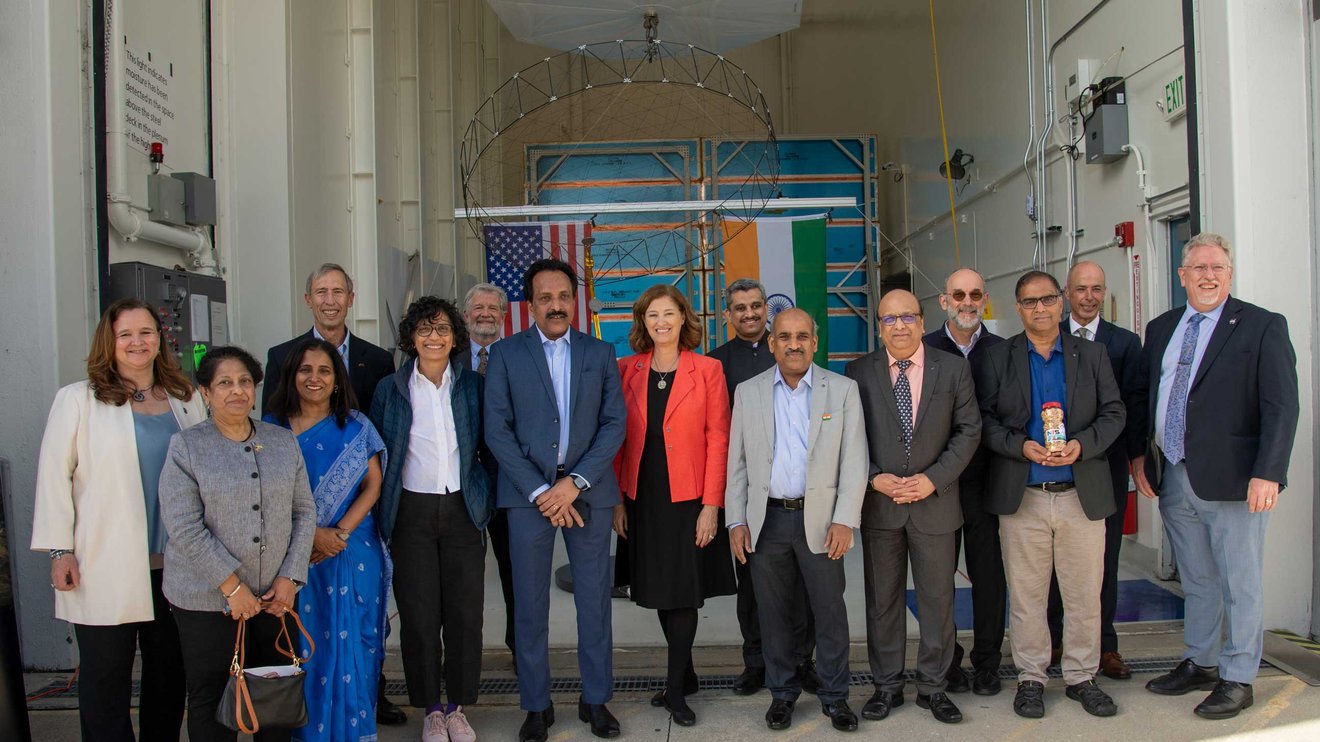
Ibadan, 6 February 2023. – NASA has invited U.S. and Indian space agencies dignitaries and media members to see the NASA-ISRO Synthetic Aperture Radar (NISAR)’s science payload in a Jet Propulsion Laboratory clean room. The NASA-ISRO Synthetic Aperture Radar is an Earth science satellite that NASA and the Indian Space Research Organization (ISRO) are jointly building. NASA invited the dignitaries to get a look at it before shipping it out to its last stop in Southern India before launching it into orbit.
Speaking at the occasion, JPL Director Laurie Leshin commented, “this marks an important milestone in our shared journey to understand planet Earth and our changing climate better. NISAR will provide critical information on Earth’s crust, ice sheets, and ecosystems. By delivering measurements at unprecedented precision, NISAR’s promise is new understanding and a positive impact in communities. Our collaboration with ISRO exemplifies what’s possible when we tackle complex challenges together.”
Likewise, ISRO Chairman S. Somanath added, “Today we come one step closer to fulfilling the immense scientific potential NASA and ISRO envisioned for NISAR when we joined forces more than eight years ago. This mission will be a powerful demonstration of the capability of radar as a science tool and help us study Earth’s dynamic land and ice surfaces in greater detail than ever before.”
NISAR will gather radar data with a drum-shaped reflector antenna almost 40 feet (12 meters) in diameter. It will use a signal-processing technique called interferometric synthetic aperture radar, or InSAR, to observe changes in Earth’s land and ice surfaces down to fractions of an inch.
 SpaceWatch.Global An independent perspective on space
SpaceWatch.Global An independent perspective on space




